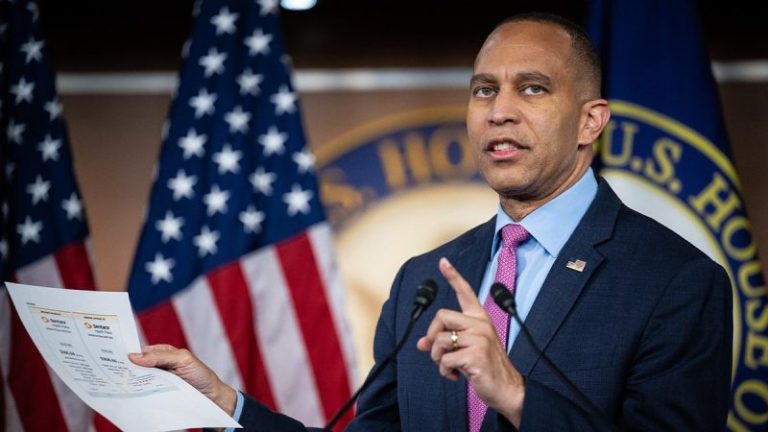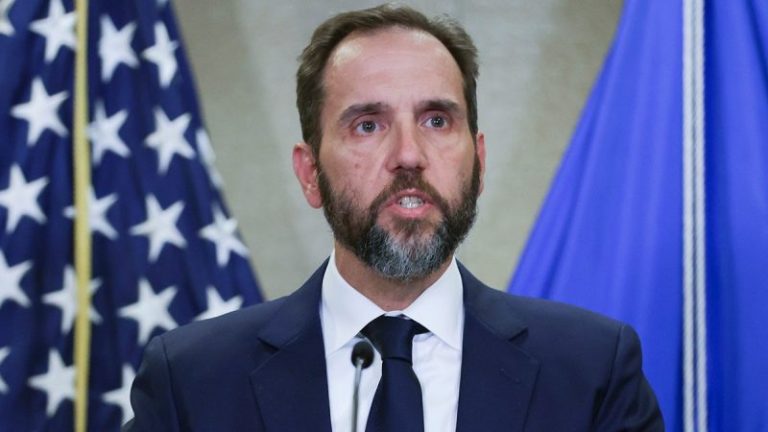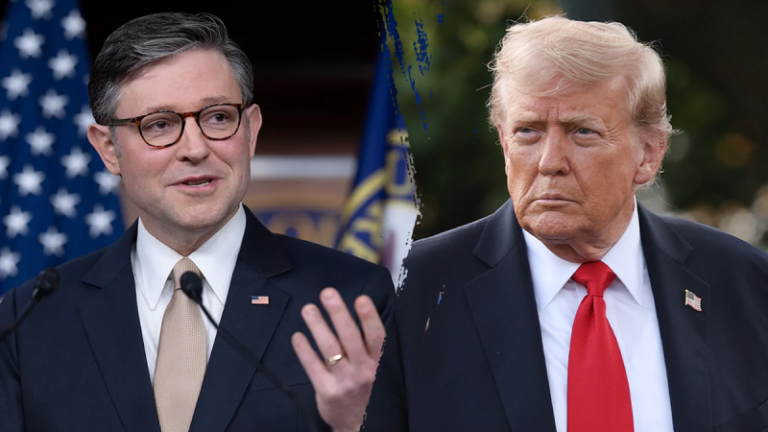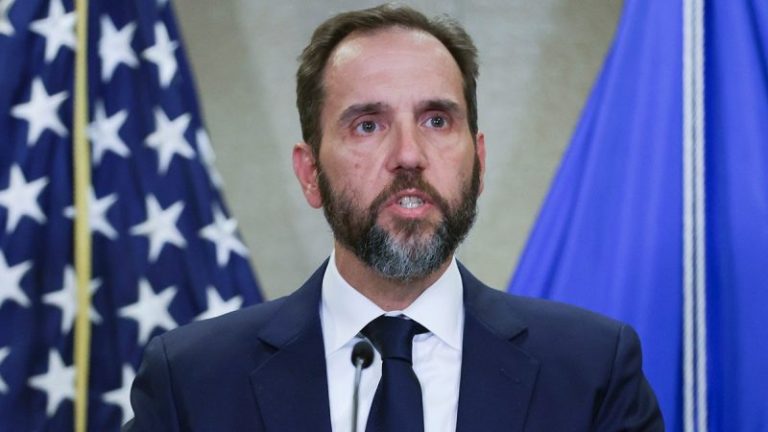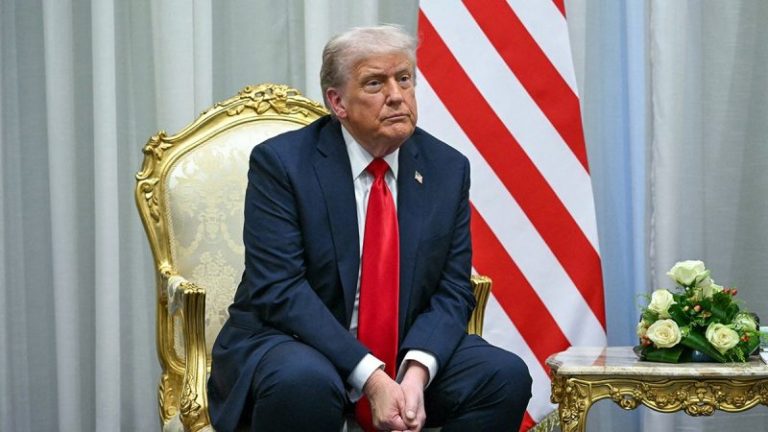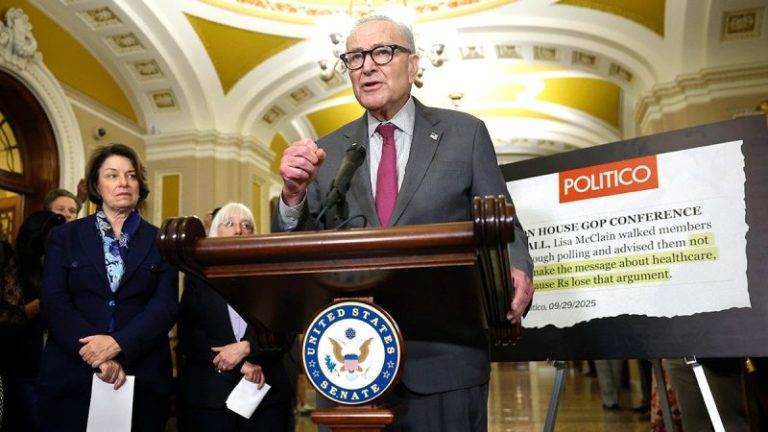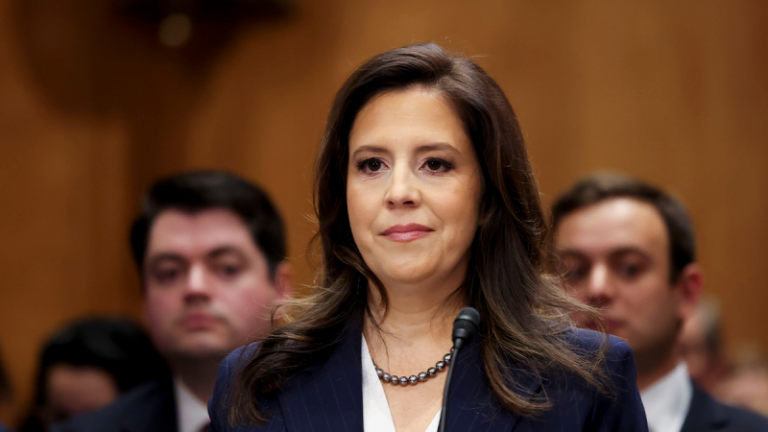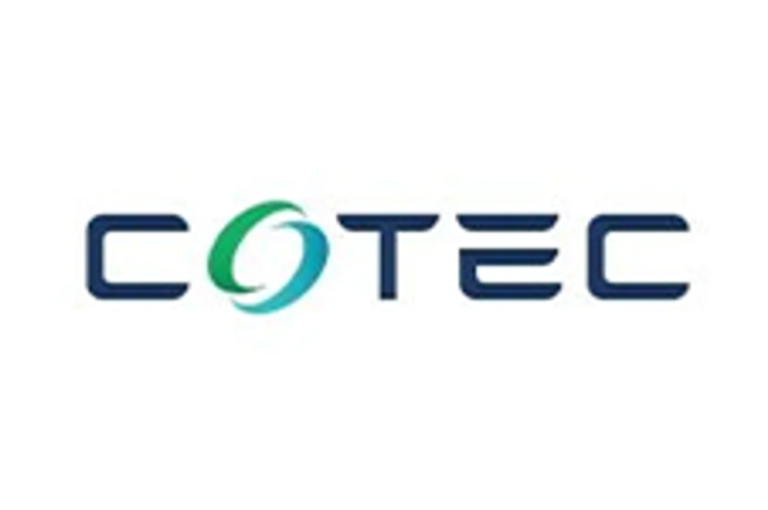The House GOP is releasing a report accusing Democrats of trying to undermine U.S. healthcare as the standoff over federal funding escalates.
The government shutdown is in its 14th day with Republicans and Democrats still unable to agree on a path forward for at least part of fiscal year (FY) 2026.
Republicans are pushing a relatively straightforward extension of FY2025 funding through Nov. 21, but Democrats have said they will not agree to any federal funding bill that is not paired with significant reforms on healthcare.
The new report led by the House GOP, however, accuses Democrats of trying to undermine the system with their counter-proposal for a federal funding bill — specifically its suggested rollback of healthcare measures in Republicans’ One Big Beautiful Bill Act (OBBBA).
The report said the bill, which was rebranded as the ‘Working Families Tax Cuts’ (WFTC), ‘advanced a vision of Medicaid that balances compassion with accountability, prioritizing care for the most vulnerable Americans while ensuring that federal resources are used responsibly.’
‘The legislation’s reforms to rural hospital funding, Medicaid financing practices, and federal reimbursements for non-citizen medical care collectively strengthen the long-term sustainability of the program,’ it said.
‘By contrast, the Democratic Continuing Resolution would dismantle these reforms, reversing progress toward a more efficient, transparent, and equitable Medicaid system. Such a repeal would undermine rural healthcare stability, reintroduce opportunities for funding misuse, and impose unnecessary costs on American taxpayers.’
A continuing resolution (CR) is meant to be a short-term extension of current federal funding levels aimed at giving negotiators more time to strike a deal for the next fiscal year, which begins Oct. 1.
Republicans’ CR would extend FY2025 funding levels through Nov. 21, while Democrats’ counter-proposal would run through Oct. 31.
In addition to the OBBBA repeal being pushed in Democrats’ CR, they are also calling for any deal to also extend Obamacare subsidies that were enhanced during the COVID-19 pandemic and which are set to expire at the end of this year.
Republicans have painted Democrats’ counter-proposal as a means to return healthcare to illegal immigrants after the OBBBA tightened certain measures that made it harder for non-citizens to access federal Medicaid dollars.
Democratic leaders have accused the GOP of lying about the situation.
But the GOP has also pointed out that repealing all of their healthcare reforms would also mean repealing $50 billion their bill adds to fund rural hospitals.
‘This targeted investment supports states in stabilizing critical healthcare infrastructure and ensures that rural Americans, often located far from major medical centers, can continue to access essential services,’ the report said.
The five-page memo appears to be a rebuttal to Democrats’ defense in the shutdown fight that they are fighting to preserve Americans’ healthcare access.
The GOP’s CR passed the House on Sept. 19 but has been stalled in the Senate, where at least five Democrats are needed under the current tally to reach a 60-vote threshold to break a filibuster.
Senate Democrats rejected the GOP CR seven times, however. The chamber is expected to vote on it again Tuesday evening.
Fox News Digital reached out to the office of House Minority Leader Hakeem Jeffries, D-N.Y., for a response to the GOP report but did not immediately hear back.

